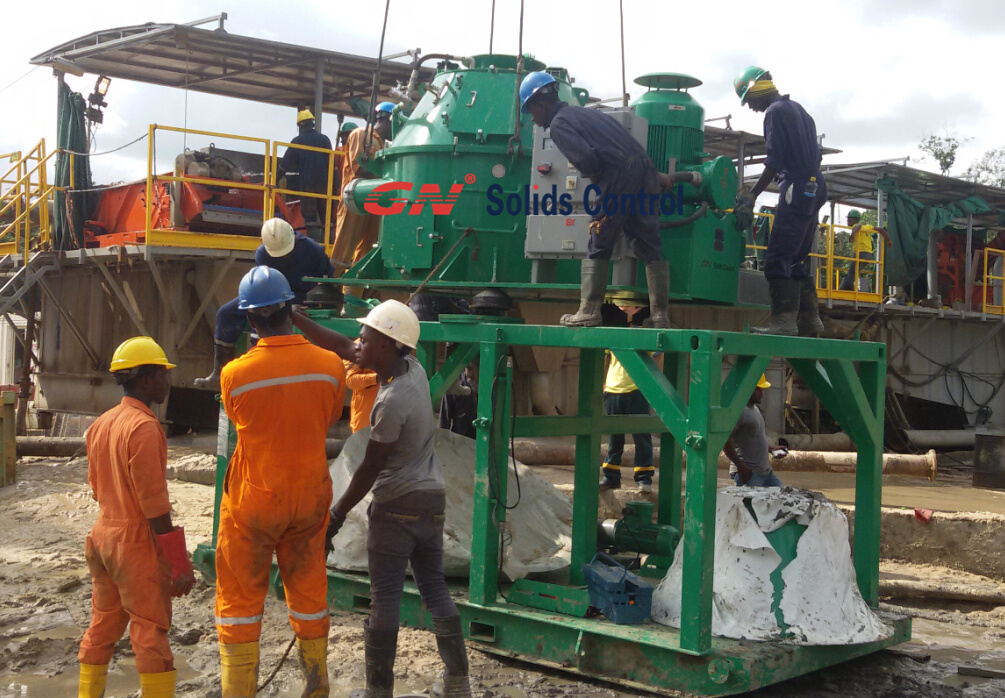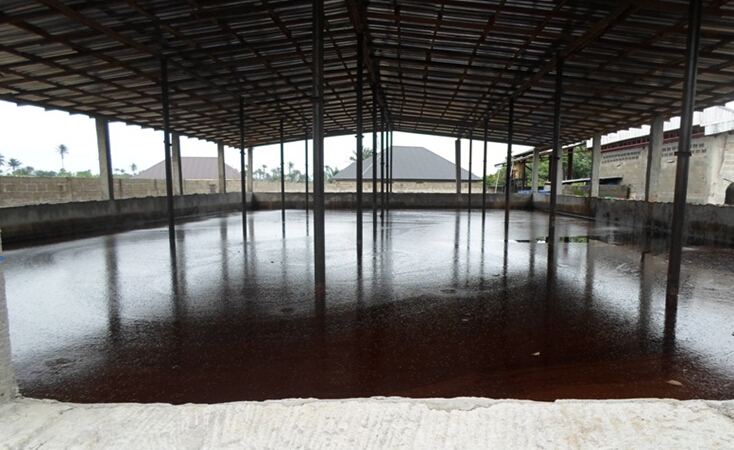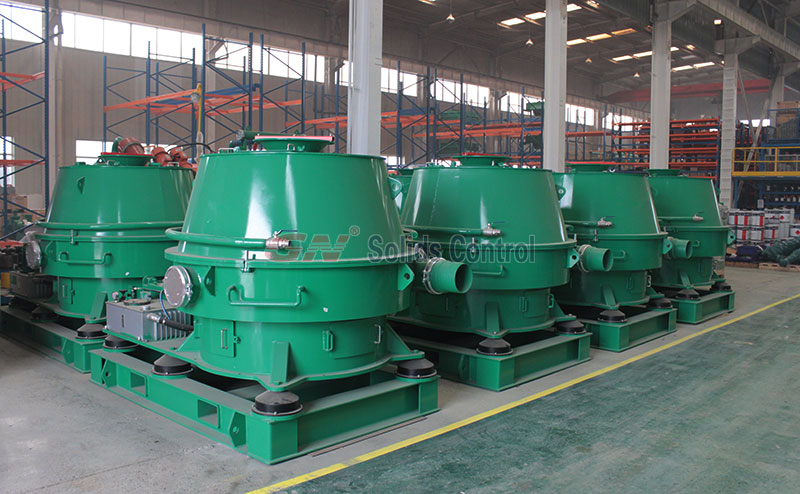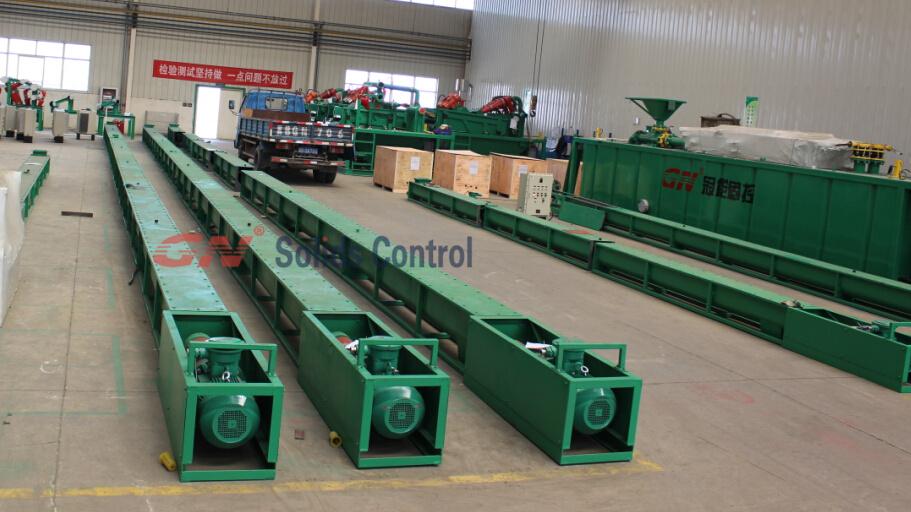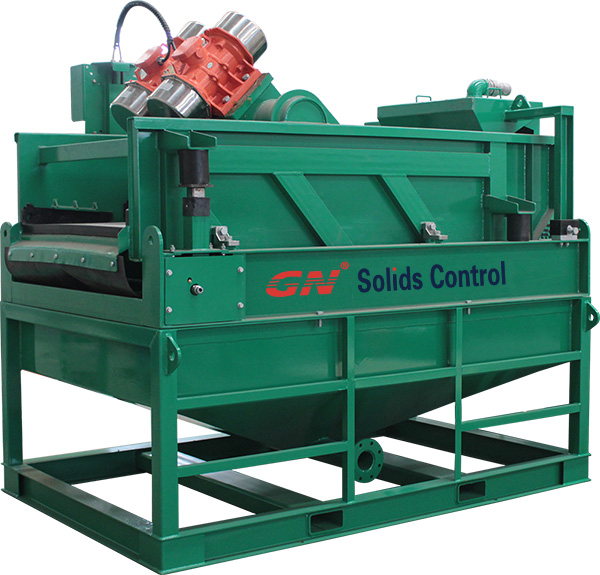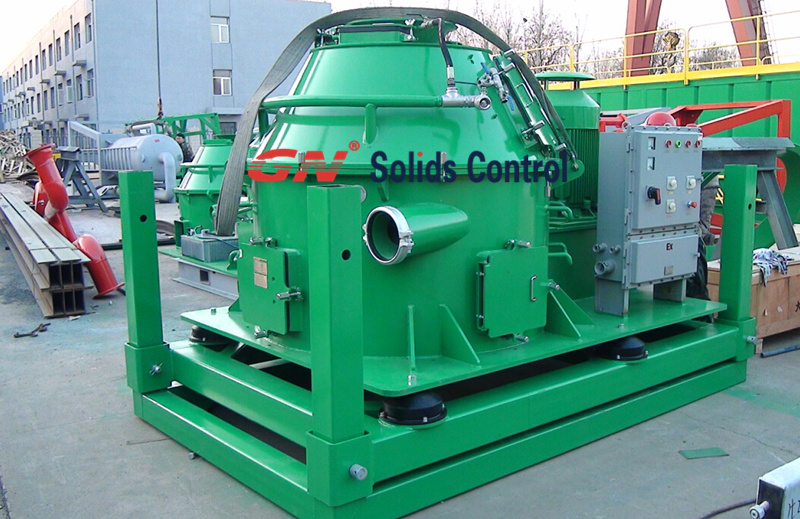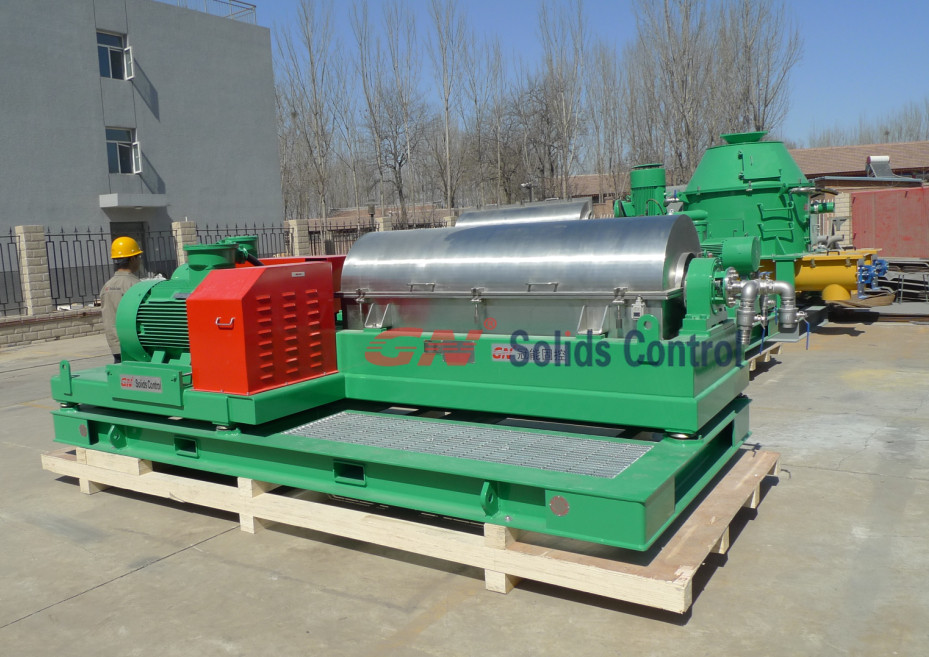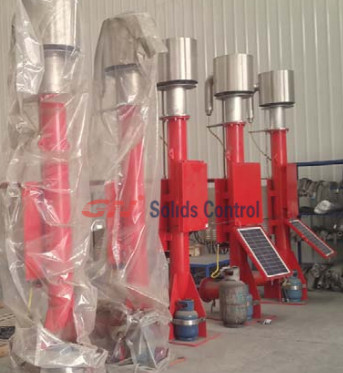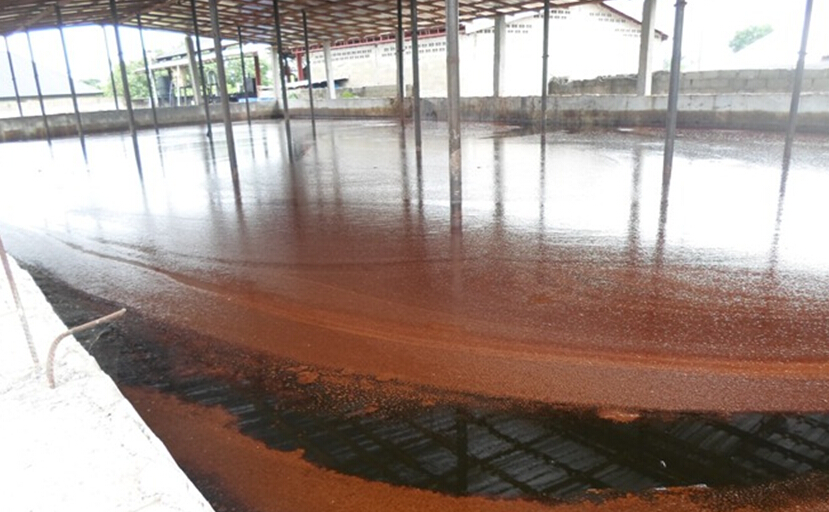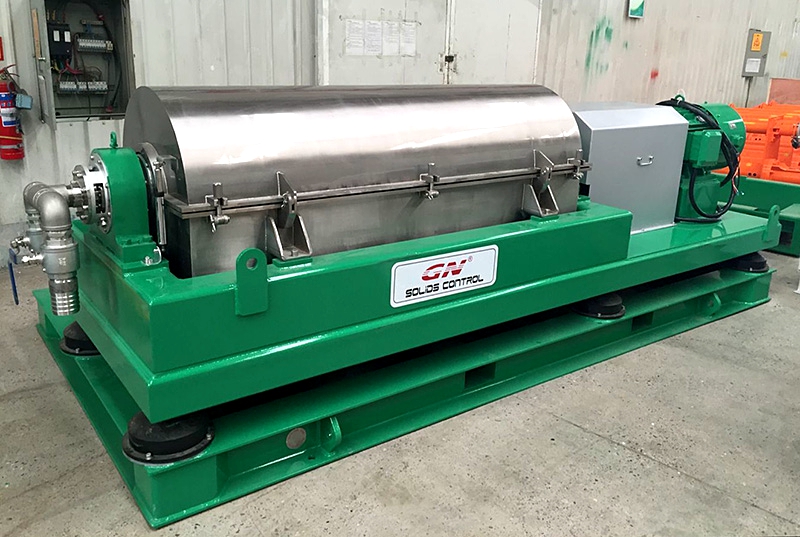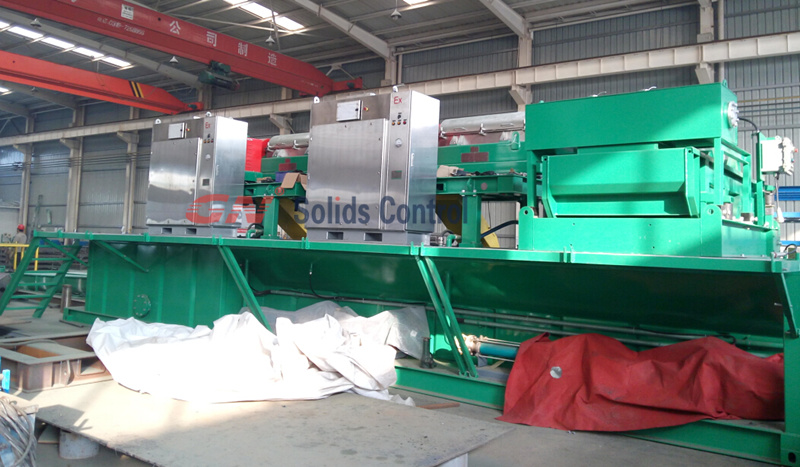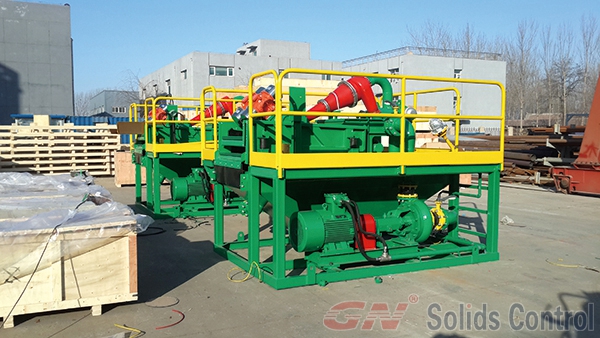At present, there are many methods for the treatment and disposal of oily sludge in oil fields. The treatment processes are generally concentrated, conditioned, dehydrated, discharged and comprehensively utilized.
In terms of processing technology, the typical sludge treatment processes in China are:
- Oily sludge – natural evaporation pond;
The process is simple, and the sludge discharged from the innumerable treatment system is directly discharged into the natural evaporation pond for natural evaporation, and the water content in the mud-containing sewage is high, so a large evaporation pond is required. In the colder and more rainy eastern oilfields, the application effect is poor, and the phenomenon that the sewage overflows the evaporation pool often occurs, causing pollution of the surrounding environment.
- Oily sludge – sludge concentration tank – sludge drying field;
3. oily sludge – concentration – panning and salt removal – flotation degreasing – pressure filtration dehydration;
The oily sludge is concentrated and settled (concentrated by adding medicine), and after reducing the water content, according to the salt content of the original mud, the water is washed in proportion to reduce the salt content. The sludge is separated by flotation, and finally subjected to pressure filtration dehydration to obtain a filter cake.
- Oily sludge – sludge separation tank – concentration tank – high speed centrifugal separation – dry sludge tank.
The process is to dewater the crude oil, and the various equipments of the sewage treatment system will discharge the oil-containing sewage and the backwash water into the sewage buffer pool for uniform flow into the sludge separation tank. The oil and cement three-phase separation is carried out in the sludge separation tank, and the sewage oil and sewage return system of the branch is reused. The sludge in the branch office contains about 99% water. Then, the sludge pump is used to drive the concentration pump, and the concentrated floc deposit enters the centrifuge for dehydration. The dehydrated 30%~60% water sludge is stored in the dry sludge tank.
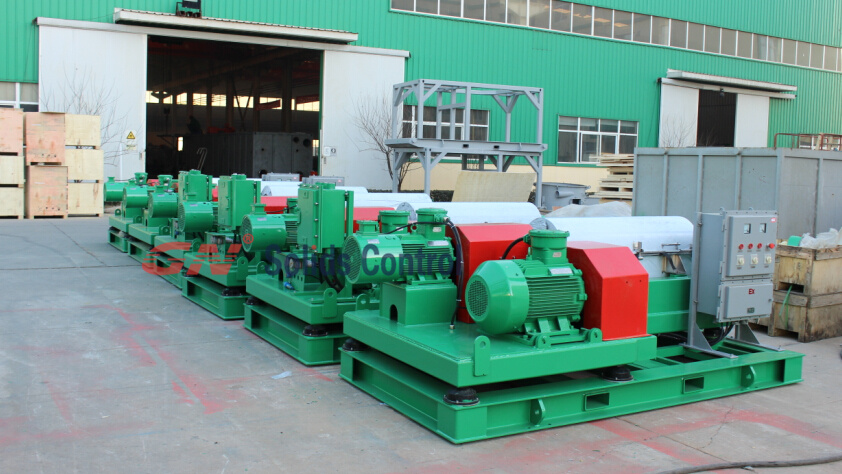
The high-specific gravity mud centrifuge produced by Hebei GN Solids control. is a special centrifuge specially used for the separation of floc sediments in the fourth process. At present, the application of multiple sludge separation projects has been carried out in domestic and foreign oil fields.
More question,welcome contact GN solids control
